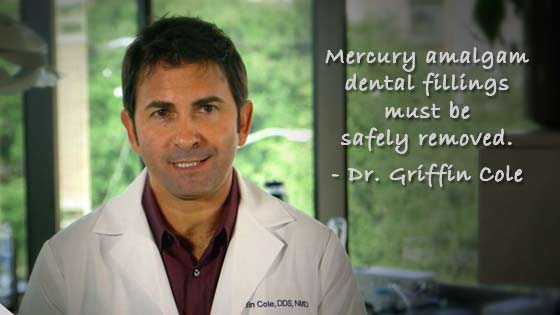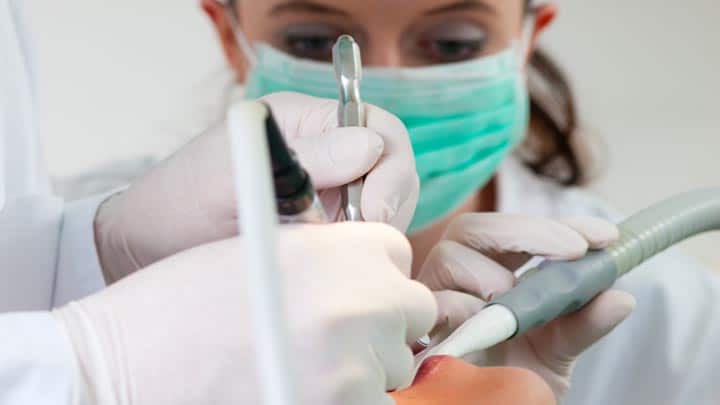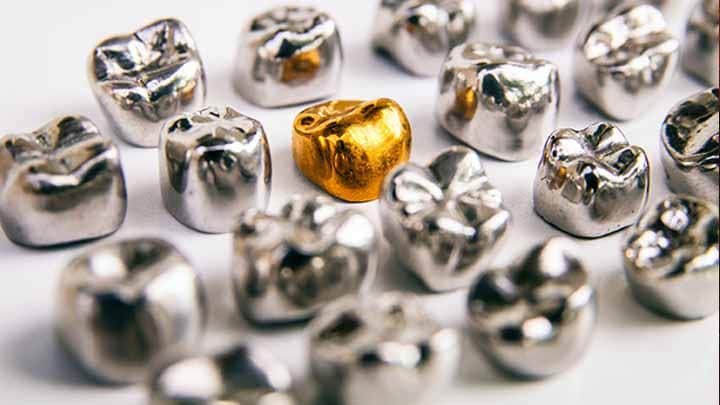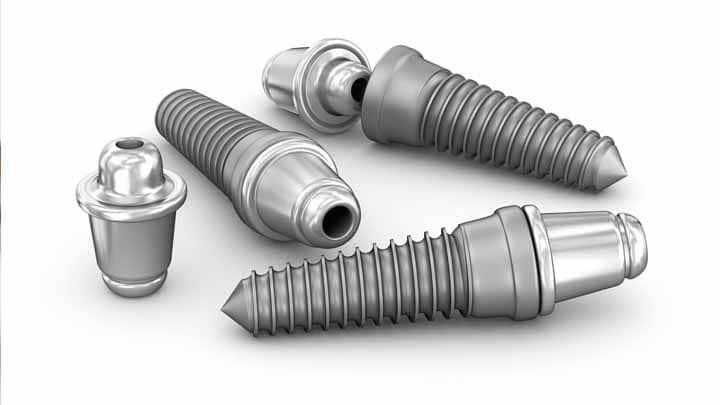‘Til death do us part: dental mercury pollution from cremation
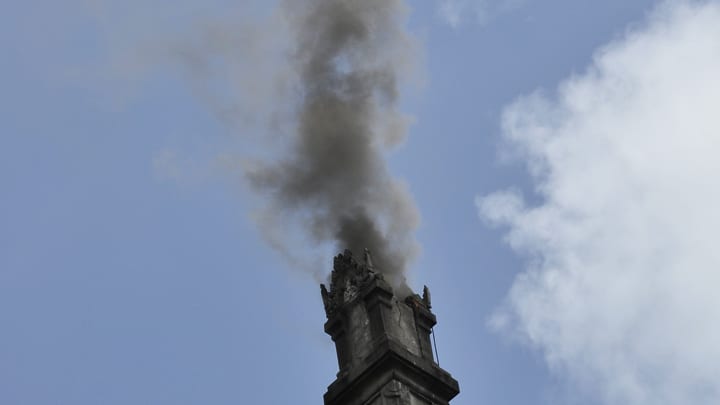
The mercury from dental amalgam (silver) fillings is released during cremation, and the pollution contaminates the environment.
For nearly a century, health concerns have been raised about the vapors emitted from dental mercury amalgam fillings during a patient’s lifetime. However, the issue of what happens to mercury stored in the mouth of a patient with amalgam fillings after death is quickly becoming the subject of a new controversy due to a growing number of lawsuits and environmental concerns over dental mercury pollution from cremations.
Unfortunately, given current funeral practices including cremation, dental mercury amalgam fillings that are still in the teeth of an individual at the time of death eventually release mercury back into the environment, where it can cause serious harm. In fact, according to the United Nations Environment Programme, 3.6 tons of mercury are released into the environment each year due to cremation with amalgam fillings.
When a person with amalgam fillings is cremated, the dental mercury is heated up and released as vapor from the crematorium. The mercury pollution from cremation is released into the air and eventually reaches other parts of the environment as well where it can contaminate wildlife, water bodies, people and our food supply, especially fish.
As a result, lawsuits filed by citizens fighting crematoriums in their neighborhoods are becoming more and more commonplace in the United States and other countries as well. A variety of trends suggest that controversy over mercury releases from amalgam fillings in crematoriums will continue to grow.
Potential solutions to limit dental mercury pollution from cremation and amalgam fillings
One alternative to cremation is a traditional burial, but due to prices and religious practices, this is not a viable option for many people. Furthermore, burying an individual with amalgam fillings results in the mercury being deposited into the soil. This means that whether a person is cremated or buried, the mercury is released back to the environment.
Flue gas cleaning technology can reduce the amounts of mercury released from crematoriums.
However, researchers have noted: “The technology cannot recover all Hg [mercury] in the flue gases, and a certain pollution level of Hg [mercury] will still occur, contrary to if the fillings are removed before cremation.”
The option of removing the amalgam fillings from corpses before the burial or cremation could significantly reduce emissions. However, questions have been raised over who would perform this task, who would pay for it, and if safety measures would be applied to protect others from vapor releases that occur during the removal process.
It is quite interesting that the option of safely removing amalgam fillings from patients that are still alive has not been seriously considered as a solution to this problem. First, such an action (as long as safety protocols are followed to limit mercury releases during removal) means that the mercury could be collected and accounted for at dental offices, where safe measures for handling waste could be enacted and applied. Second, since some patients report the reduction of adverse health symptoms after the removal of amalgam fillings, it means that many people might enjoy a healthier life. In this regard, the IAOMT’s Safe Mercury Amalgam Removal Technique (SMART) was designed specifically to reduce mercury exposures generated during amalgam removal and serves as a viable option for protecting patients, dentists and their staff, and our environment—during our own lifetimes and after our deaths.
Ending the use of dental amalgam would also certainly help solve this problem in the future. However, given the 1,000 tons of mercury currently implanted in the mouths of Americans, methods for removing dental amalgam fillings and handling mercury waste from cremations will be required for at least another century. This means that dental amalgam poses a threat to the environment and future generations long after we are gone and likewise, long after we stop using it.

